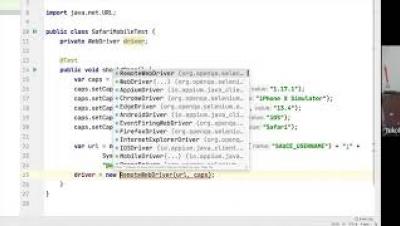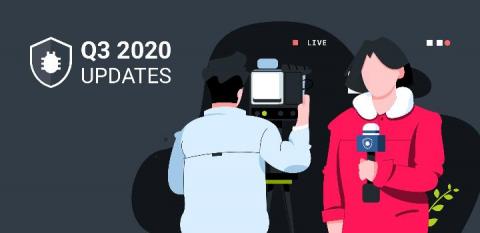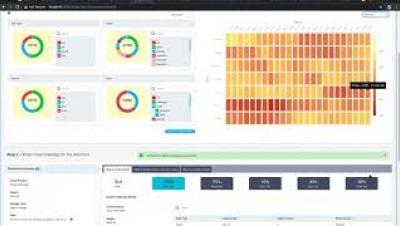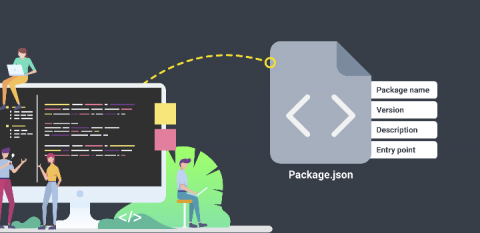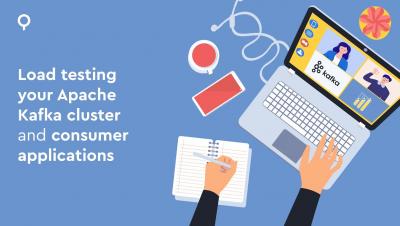Systems | Development | Analytics | API | Testing
Technology
Inspecting Safari HTML and Submitting a Form | Nikolay Advolodkin
Updates from Bugfender Q3, 2020
This quarter we’ve been working on many improvements that will make your life easier when catching those sneaky bugs, and expand Bugfender’s capabilities with some of the most requested features: We hope you find all these updates useful!
Deploying Lenses.io for AWS MSK
Explore Apache Kafka with a Lenses.io DataOps demo environment
5 Ways to Slash your Data Platform Costs
Migrating Big Data Workloads to the Cloud with Unravel
React Native Debugging
In this article, we explain how you can remotely debug and troubleshoot production errors in your React Native App. For this, we will use the Bugfender free integration to enable a real-time log and be able to follow what users are doing with your App.
Angular Logging
Here we try to explain how to solve any bug or error that your App created with Angular may have and that may be affecting your users without them or yourself knowing it. For this we will use a remote debugger and logging for Angular using the Bugfender library.


